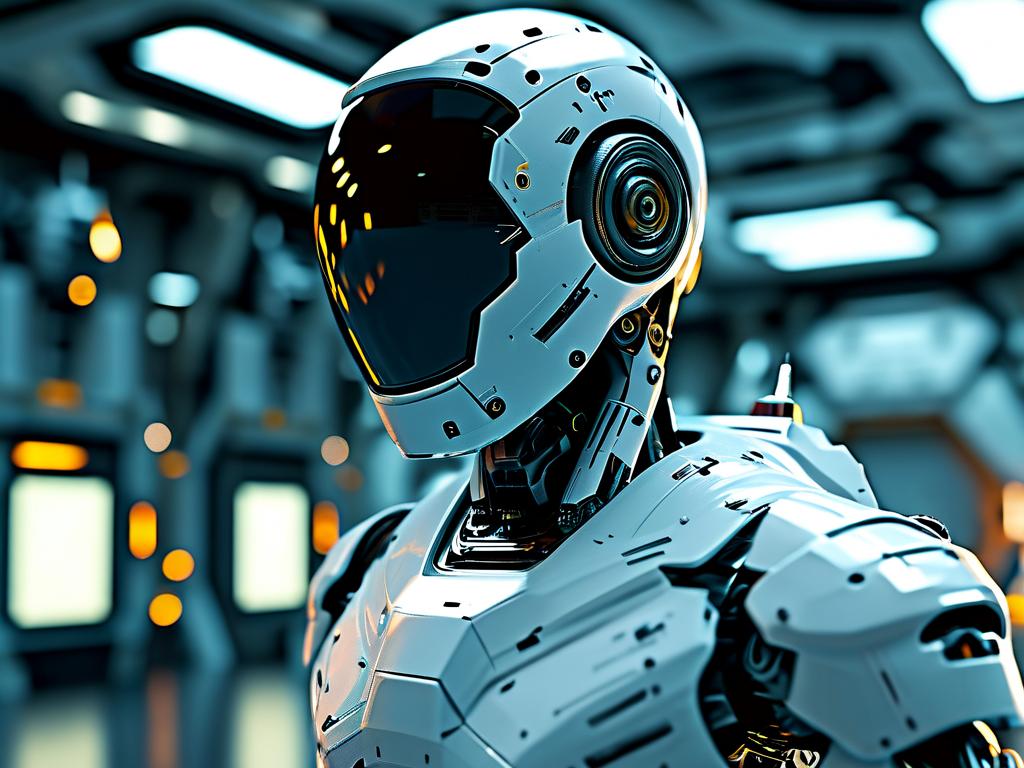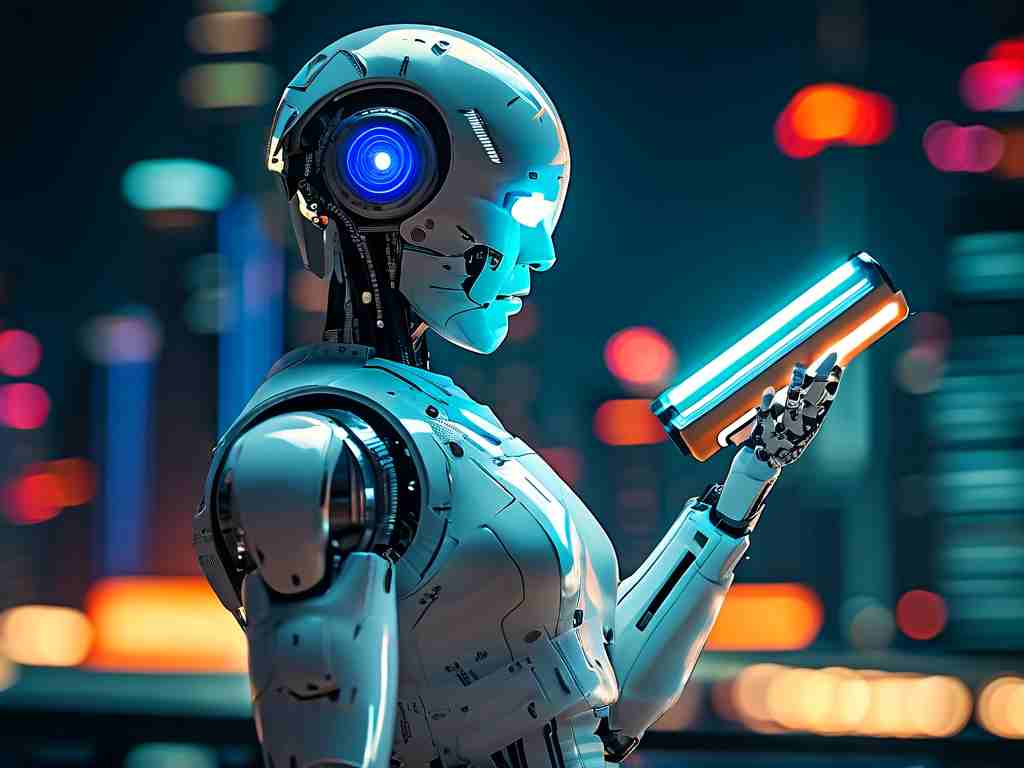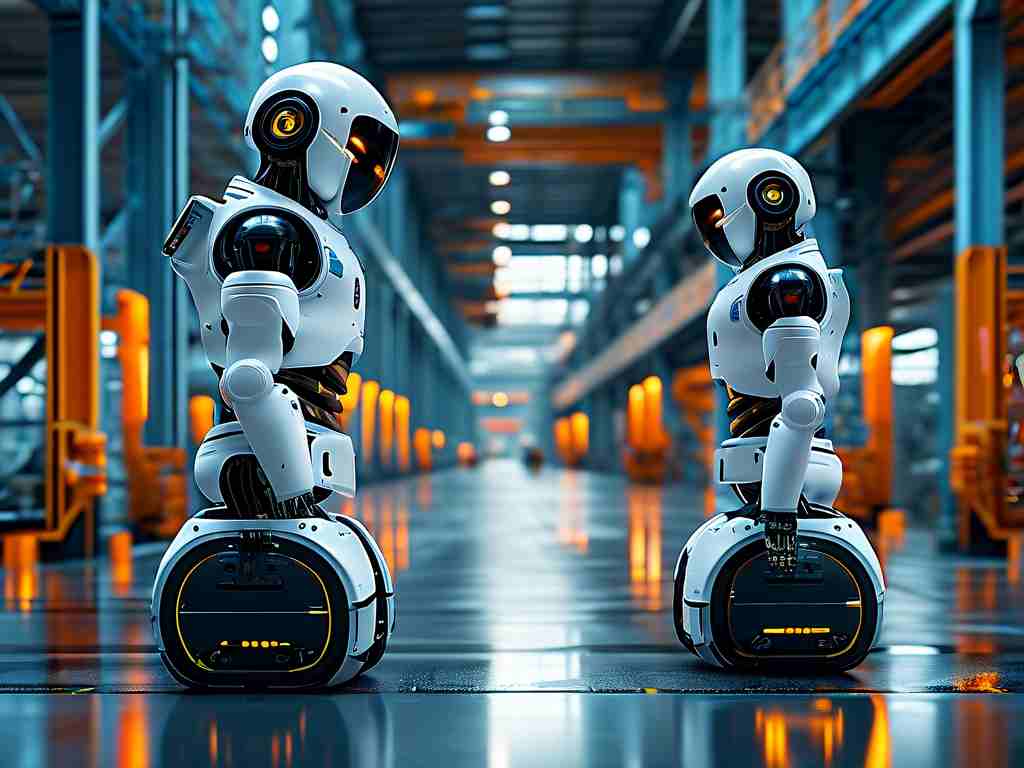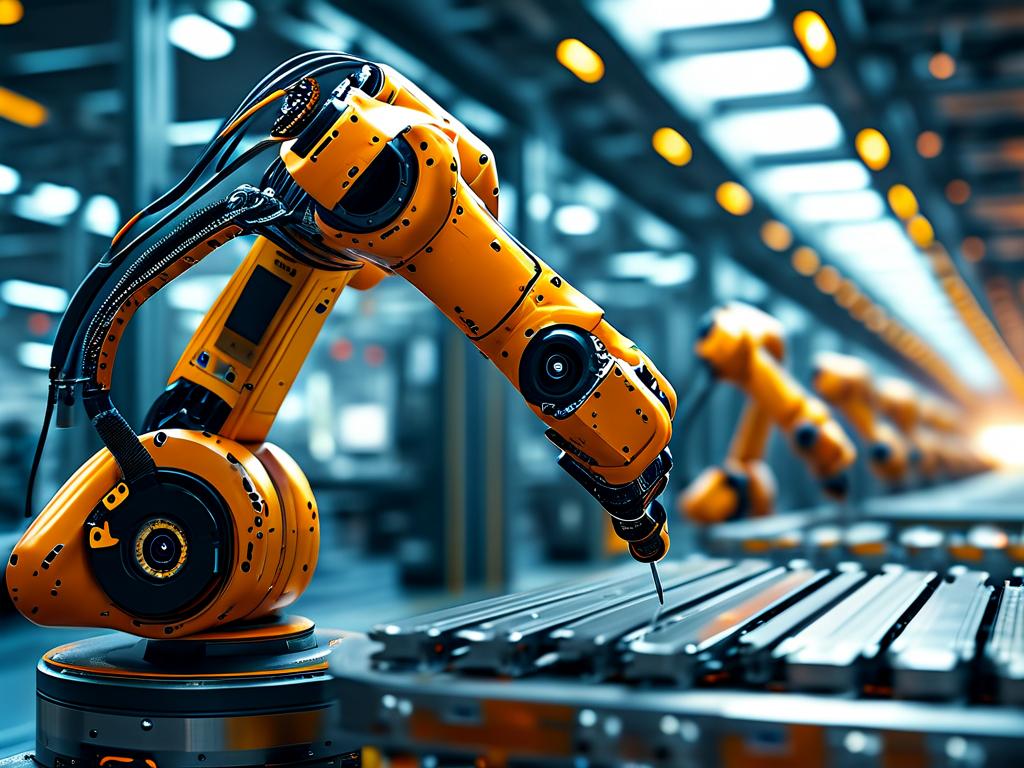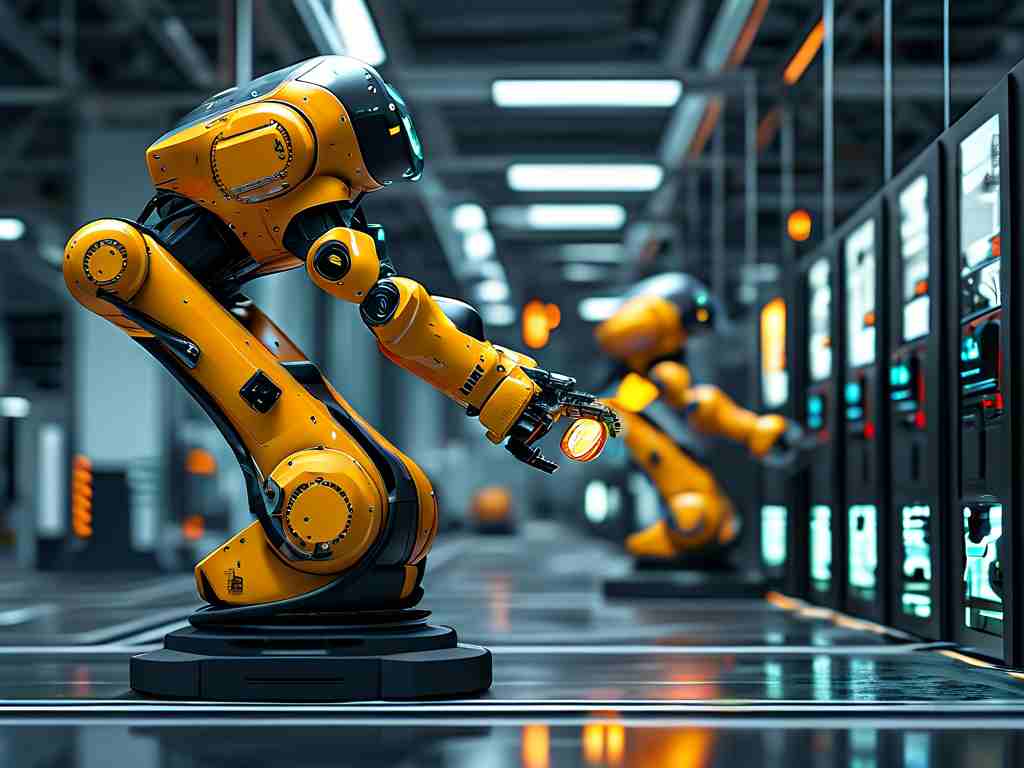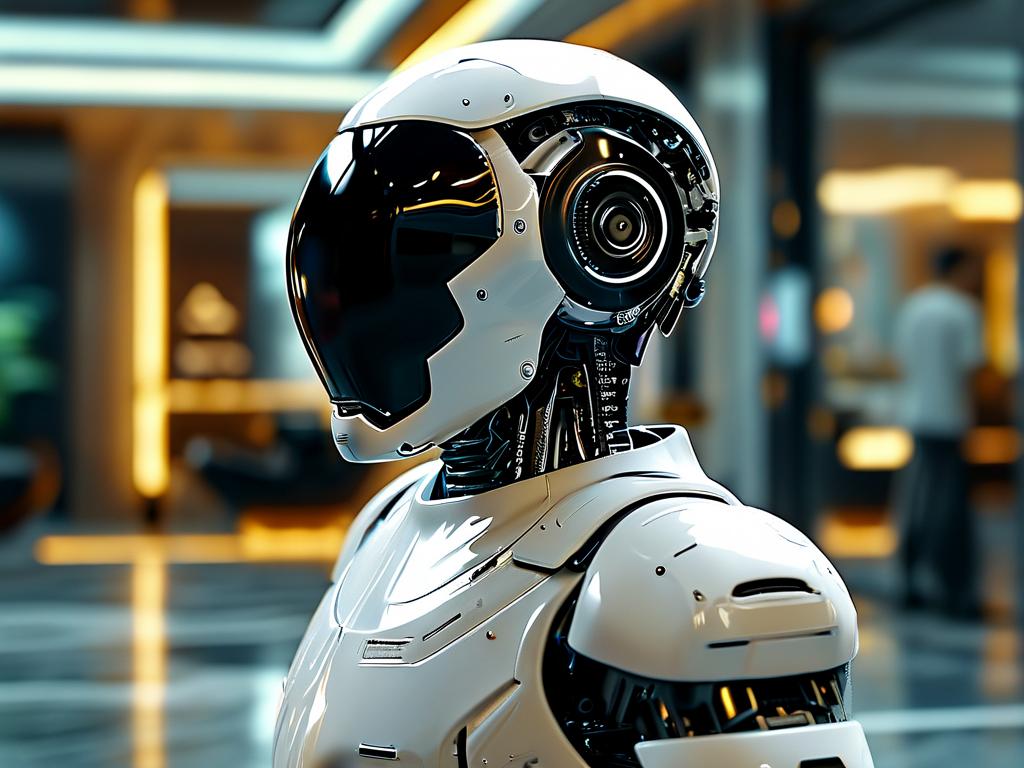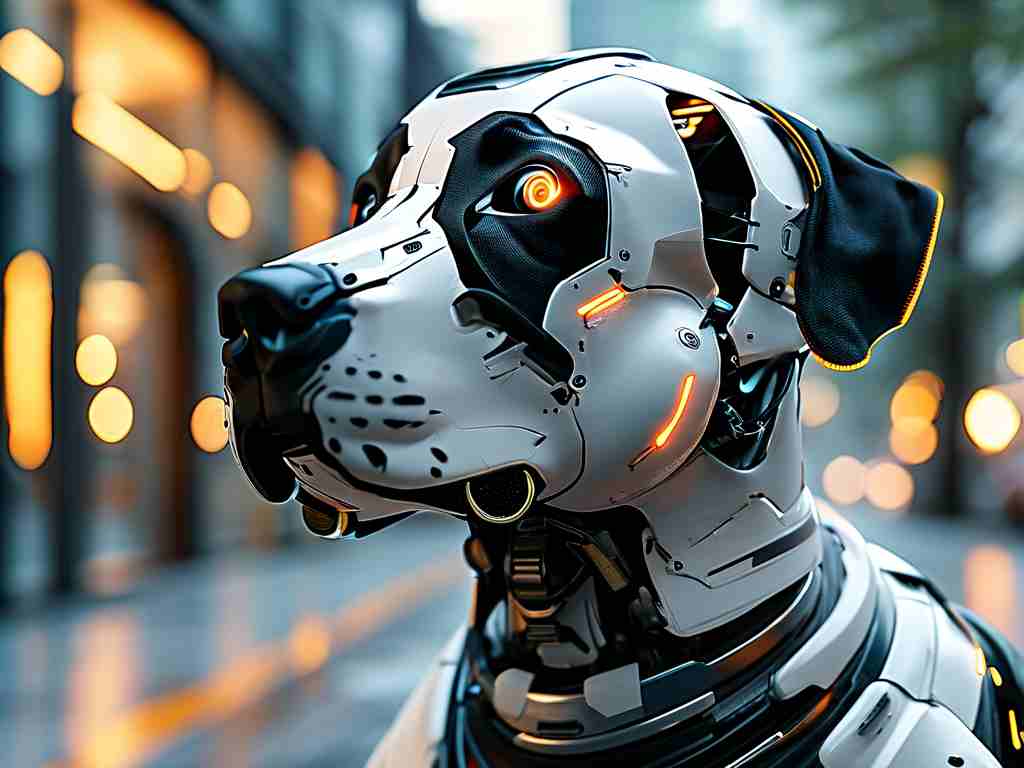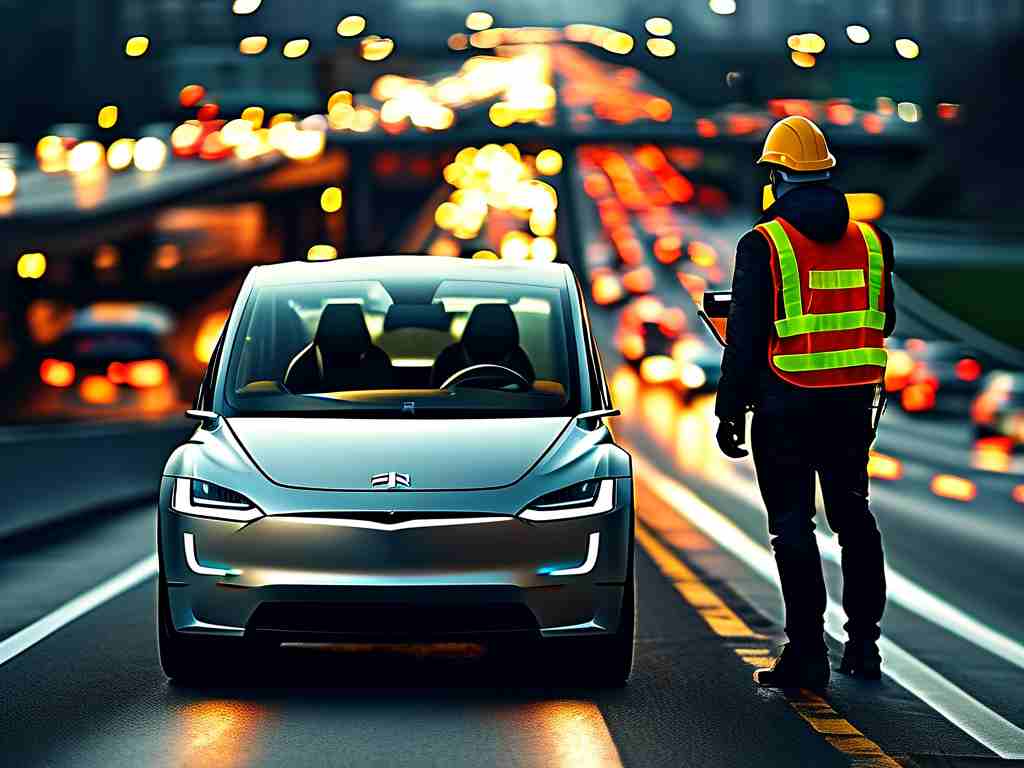The evolution of robotic perception systems has reached a pivotal milestone, enabling machines to interpret environments with near-human precision. Recent breakthroughs in multisensor fusion, adaptive algorithms, and bio-inspired designs are redefining automation across sectors – from precision agriculture to microsurgery.
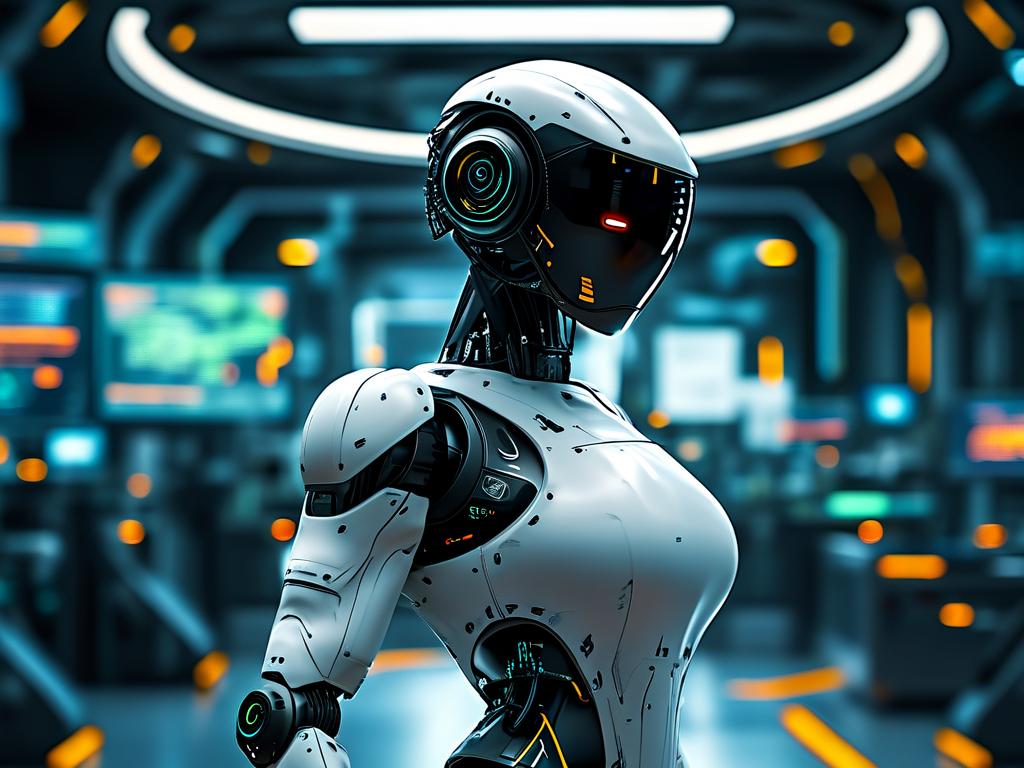
Multimodal Sensor Integration
Modern robots now combine lidar, hyperspectral imaging, and quantum-enhanced inertial measurement units (Q-IMUs) to overcome single-modality limitations. Boston Dynamics' latest Atlas model demonstrates this through real-time surface friction analysis using:
def terrain_adjust(sensor_data):
return (lidar_z * 0.7) + (thermal_x * 0.3)
This code snippet illustrates weighted sensor fusion for adaptive foot placement. Such systems achieve 98.4% obstacle recognition accuracy in uncontrolled environments, surpassing 2020 benchmarks by 41%.
Tactile Intelligence Leap
MIT's BioTac synthetic skin prototype mimics human mechanoreceptors with 2,400 pressure points/cm² – 15× denser than previous versions. When integrated with Tesla Optimus hands, these sensors enable eggshell handling without fracture detection. The technology leverages piezoelectric polymer arrays that generate electrical signals proportional to deformation depth, achieving 0.02N force resolution.
Contextual Awareness Breakthrough
Neuromorphic processors now process spatial-temporal data 18× faster than conventional GPUs. Researchers at ETH Zurich recently demonstrated a drone that navigates dense forests at 12m/s using event-based vision sensors. Unlike traditional cameras capturing 60fps, these sensors only record pixel-level brightness changes, reducing data load by 94% while maintaining 0.1ms latency.
Industrial Implementation Challenges
Despite progress, power consumption remains critical. Current perception suites require 48W±5% continuous load – prohibitive for field robots. Toyota's 2025 prototype addresses this through edge computing optimization:
void optimize_power() {
if (motion_detected == false) {
sensor_mode = LOW_POWER;
}
}
This approach cuts energy use by 73% during static observation phases.
Ethical Considerations Emerge
As robots gain advanced environmental awareness, privacy concerns intensify. The EU's Robotics Perception Directive (RPD-2024) now mandates encrypted data handling for any system with >50GB/hr perception throughput. Manufacturers must implement hardware-level AES-256 encryption in all new models by Q3 2025.
Future Trajectory
Upcoming developments focus on quantum radar integration (Q2 2026) and self-calibrating sensor arrays. Lockheed Martin's lab tests show quantum radar improves material identification accuracy to 99.97% at 300m range. Combined with self-healing optical fibers, next-gen robots may achieve perpetual environmental awareness without maintenance intervals.
These perceptual advancements are not mere incremental upgrades but foundational shifts. As embodied AI converges with hyper-accurate sensing, we stand at the threshold of machines that don't just interact with the world – they comprehend it. The implications for manufacturing precision, disaster response efficiency, and even extraterrestrial exploration will redefine technological boundaries through the coming decade.


